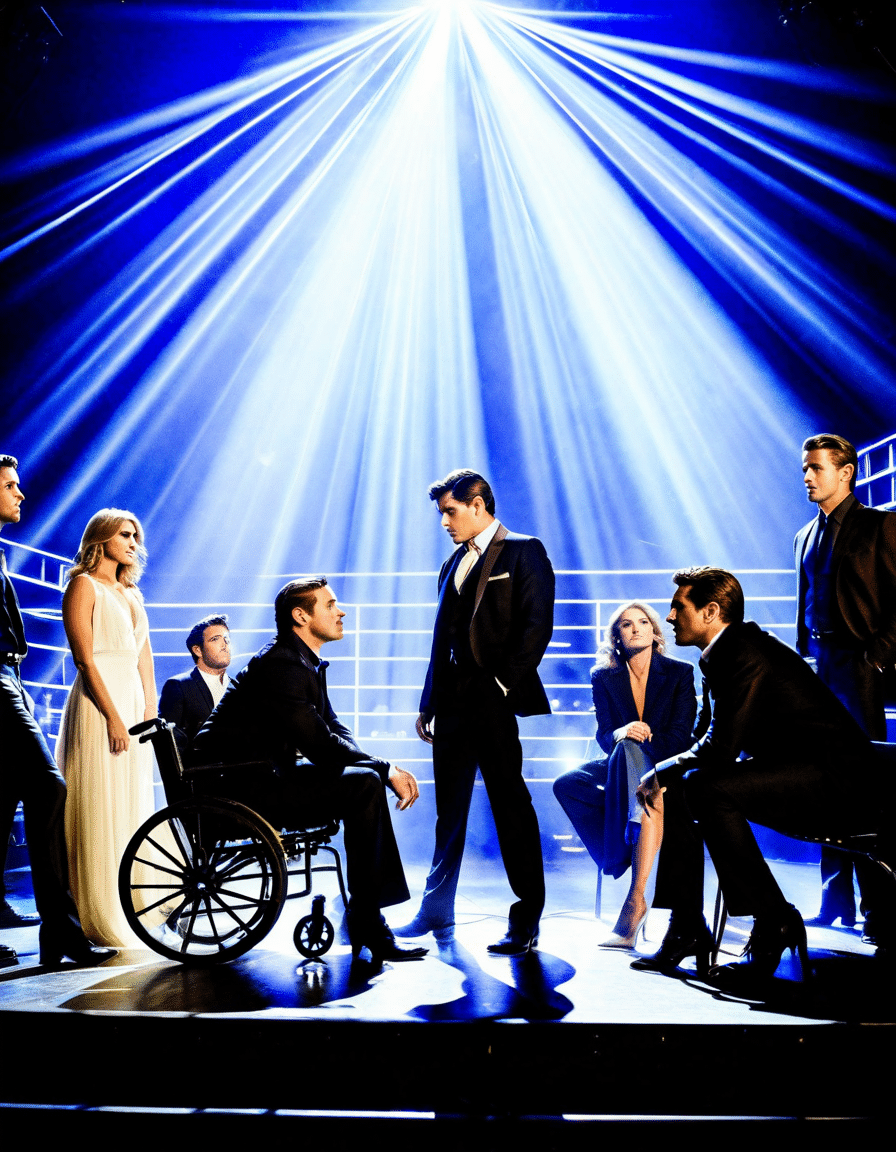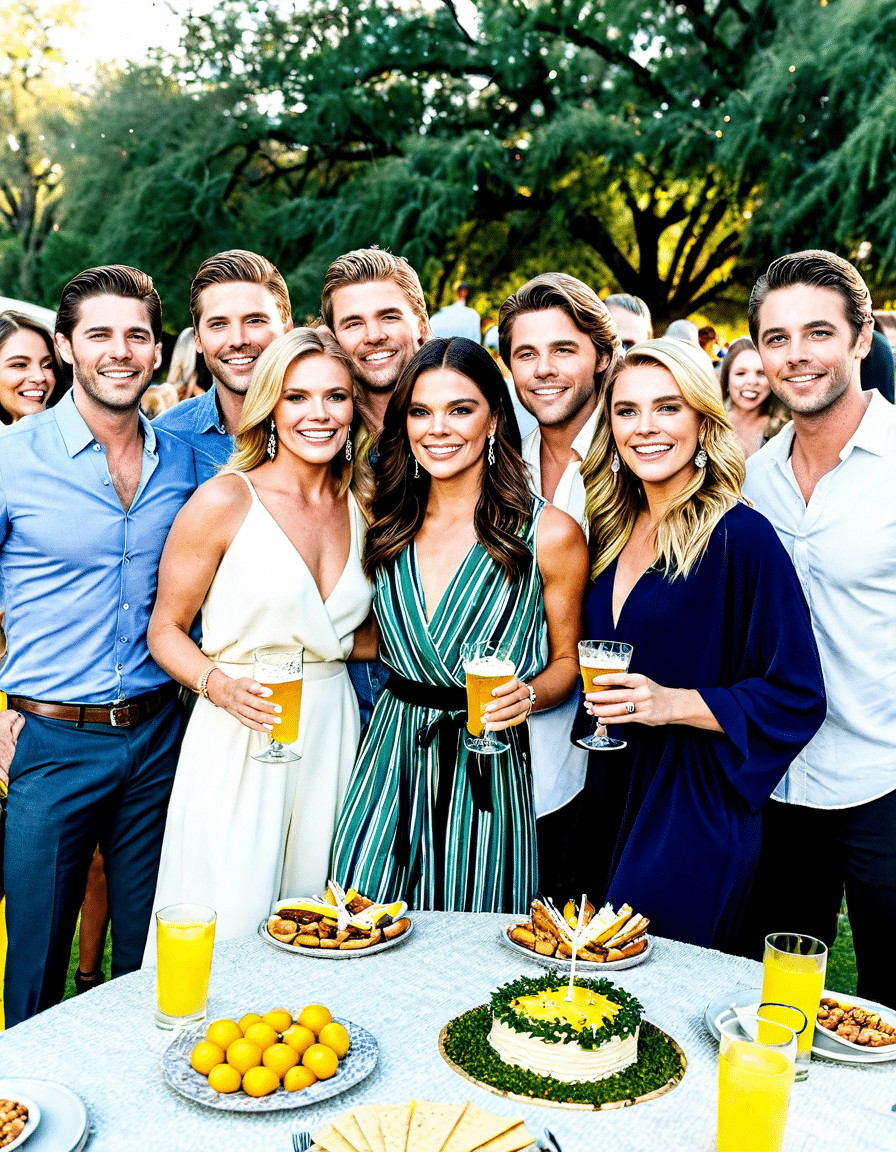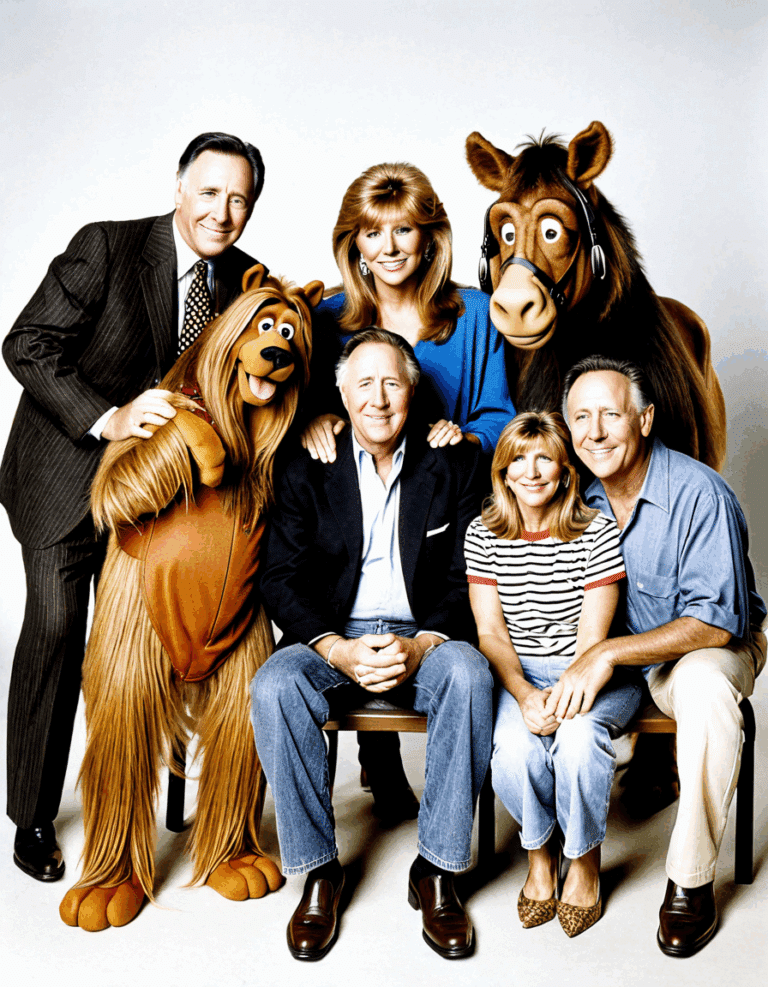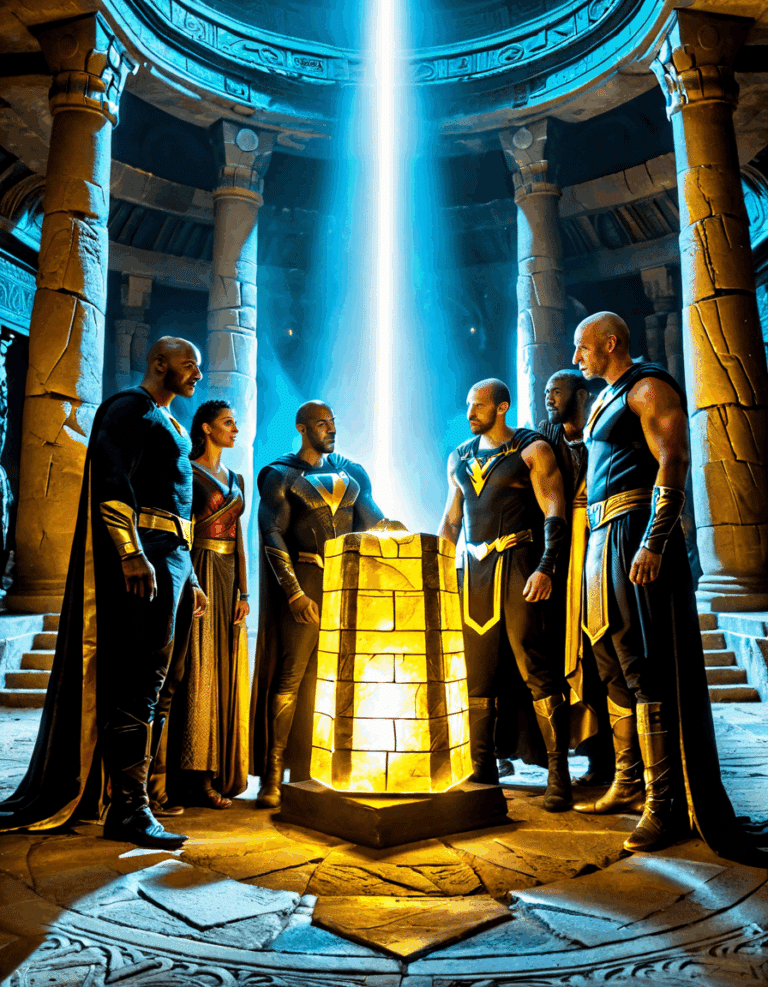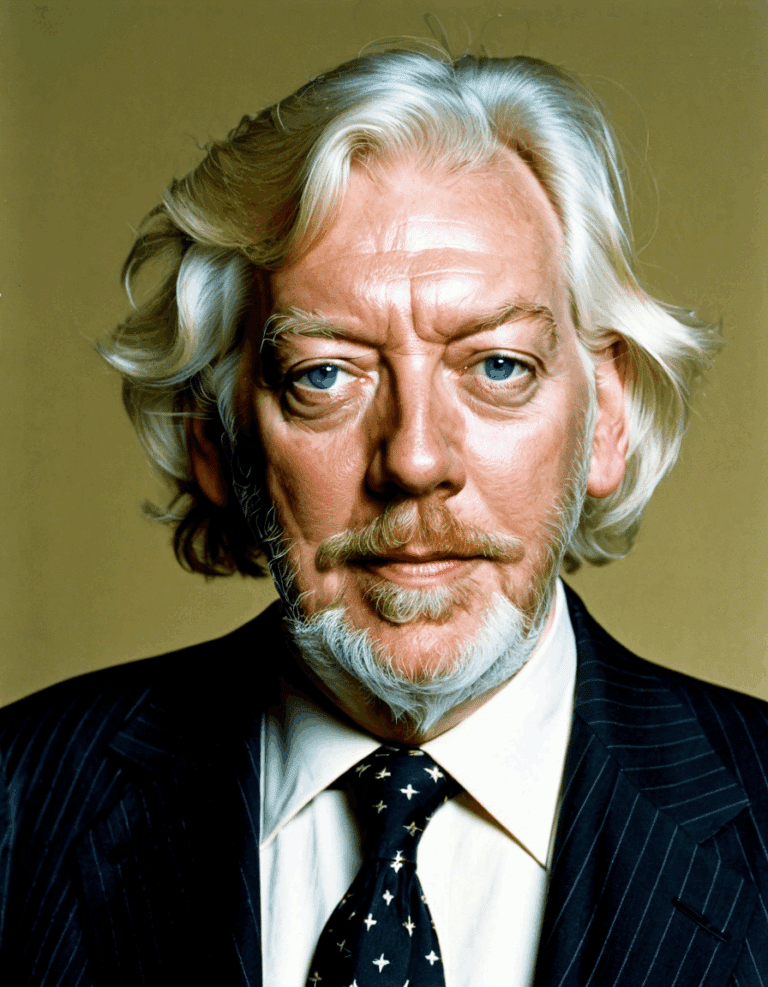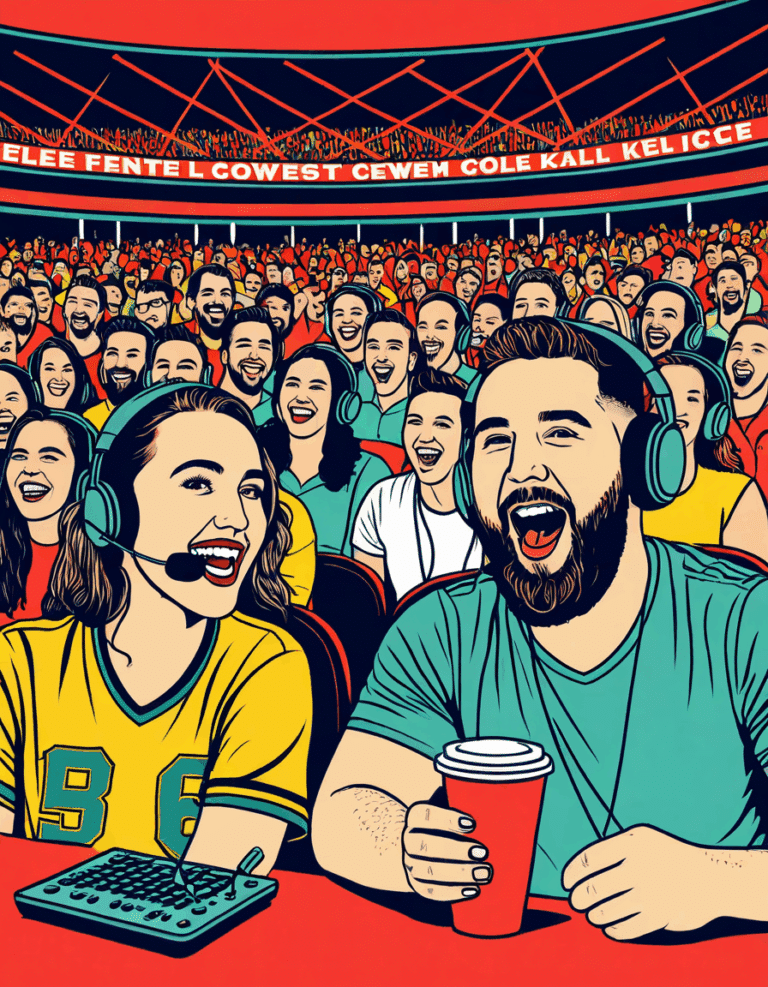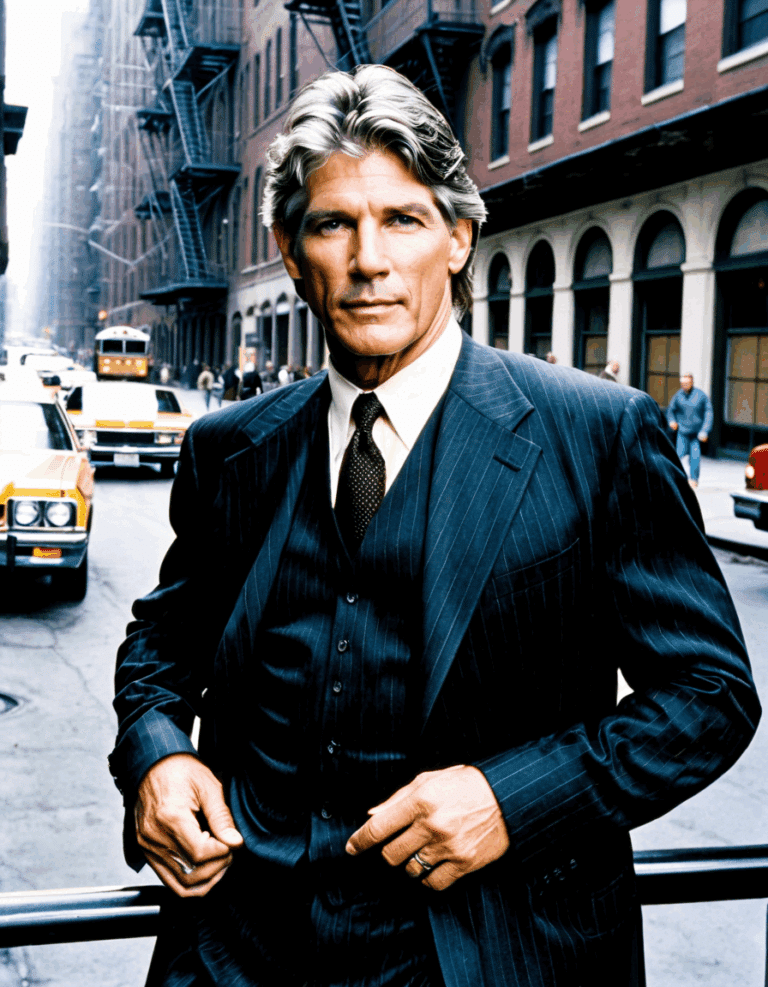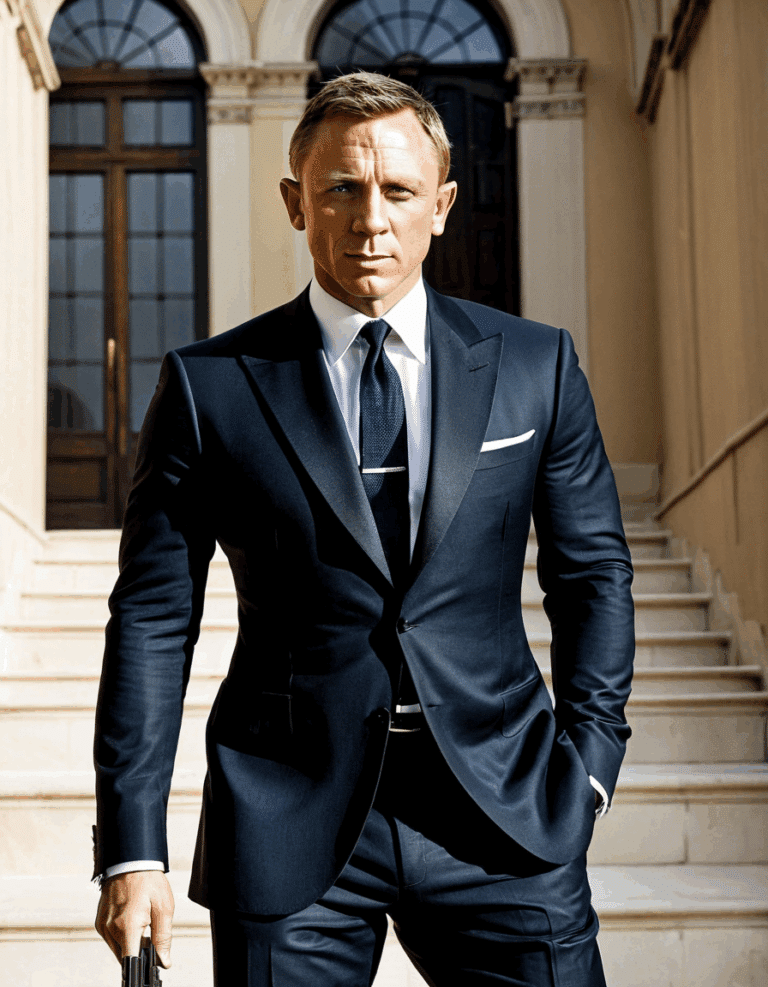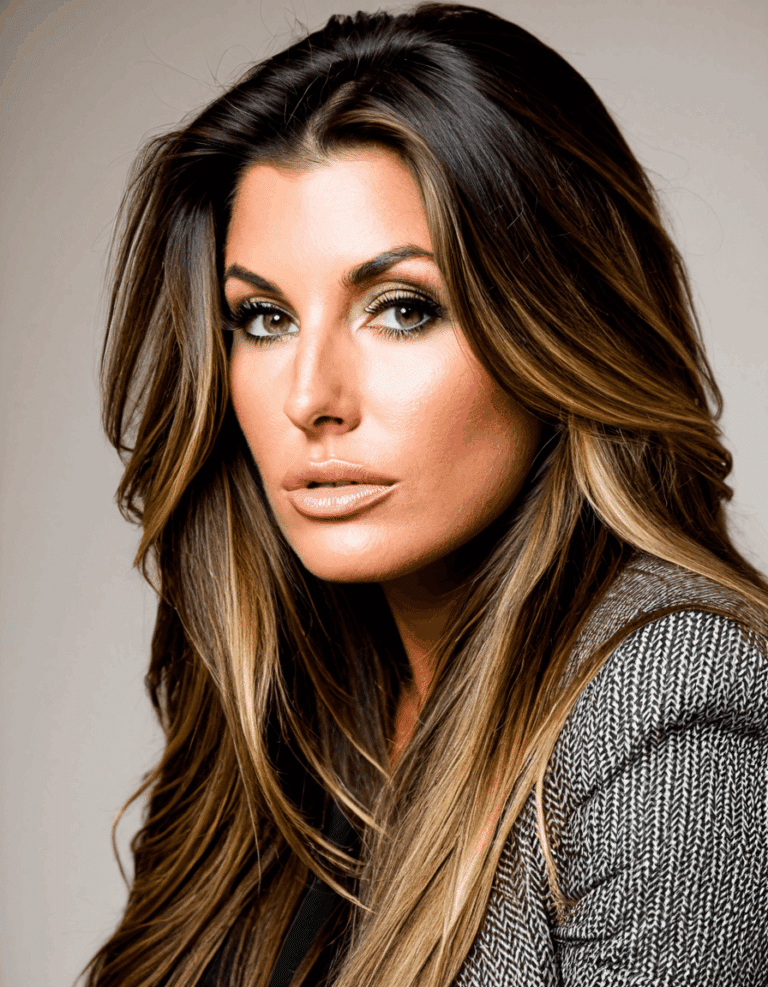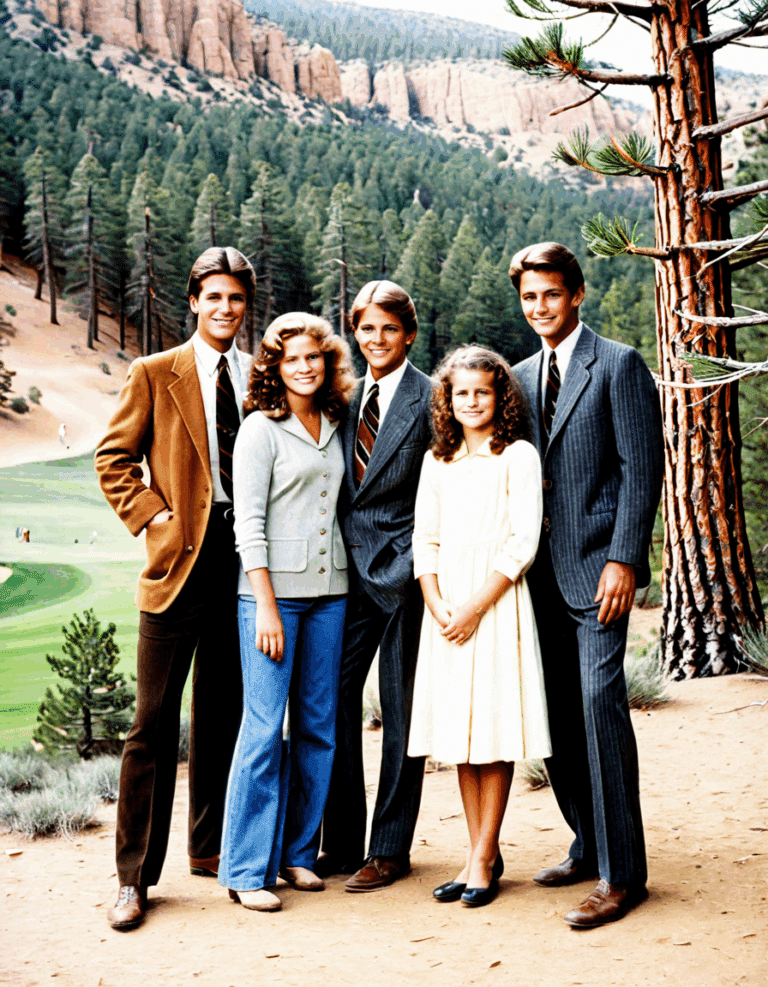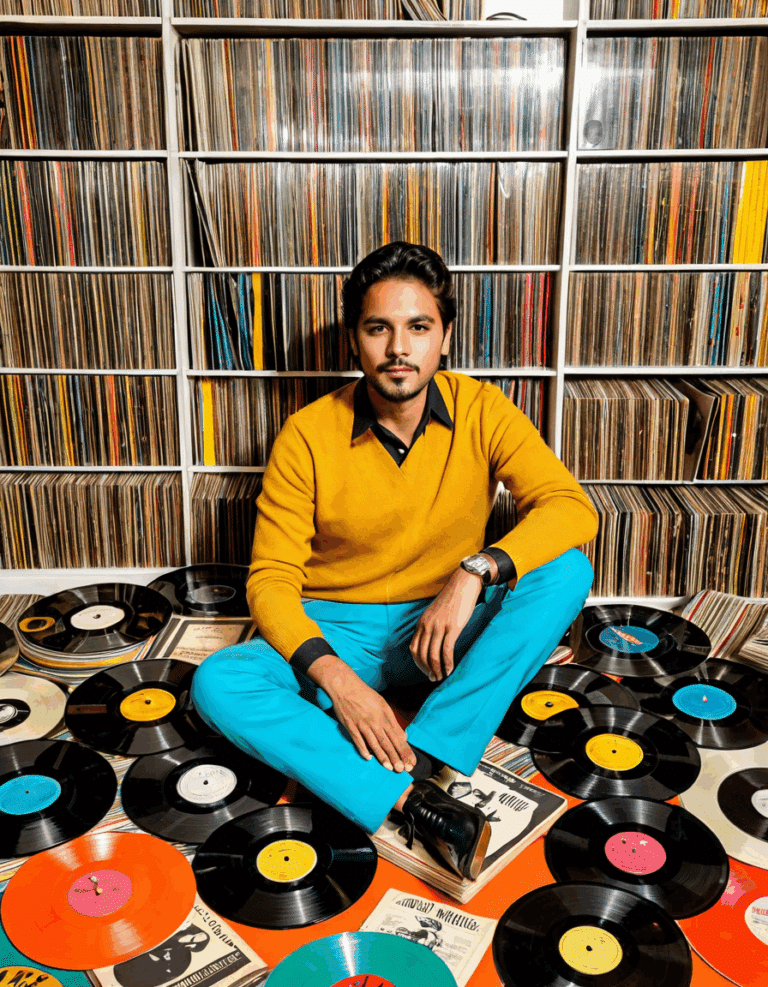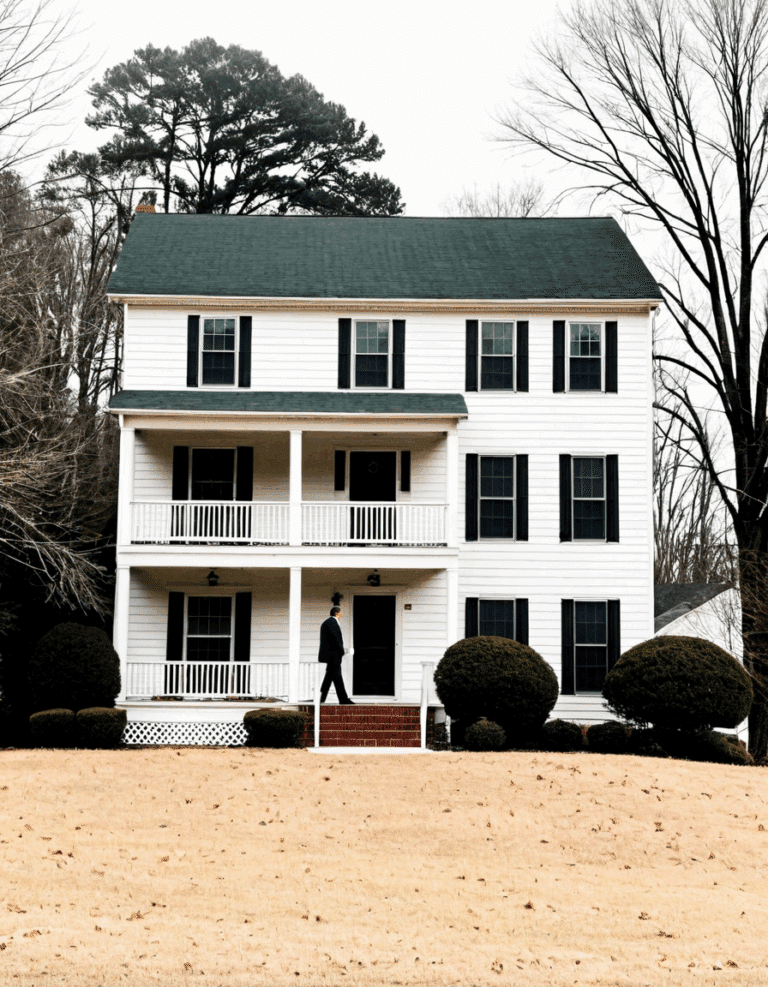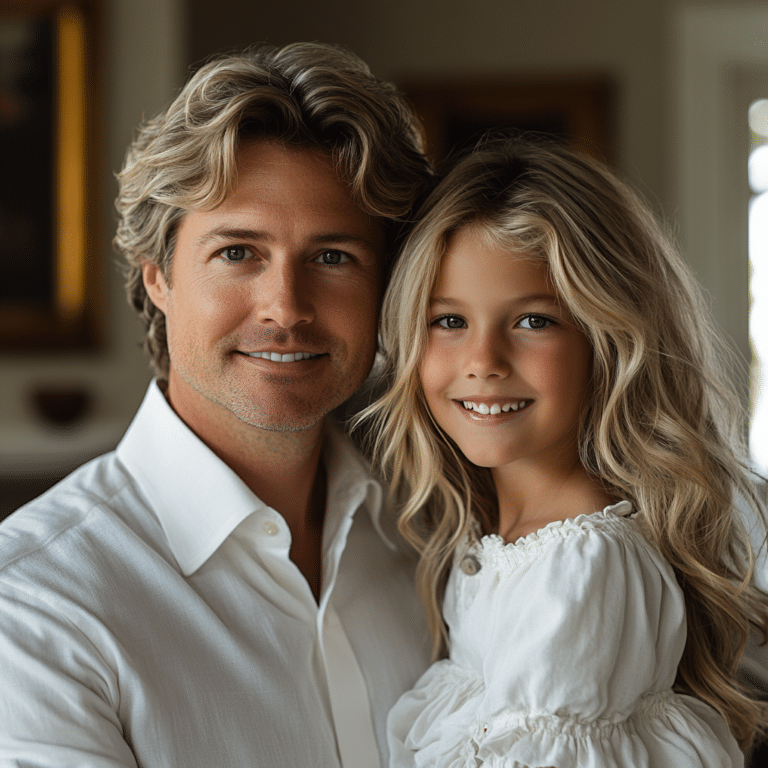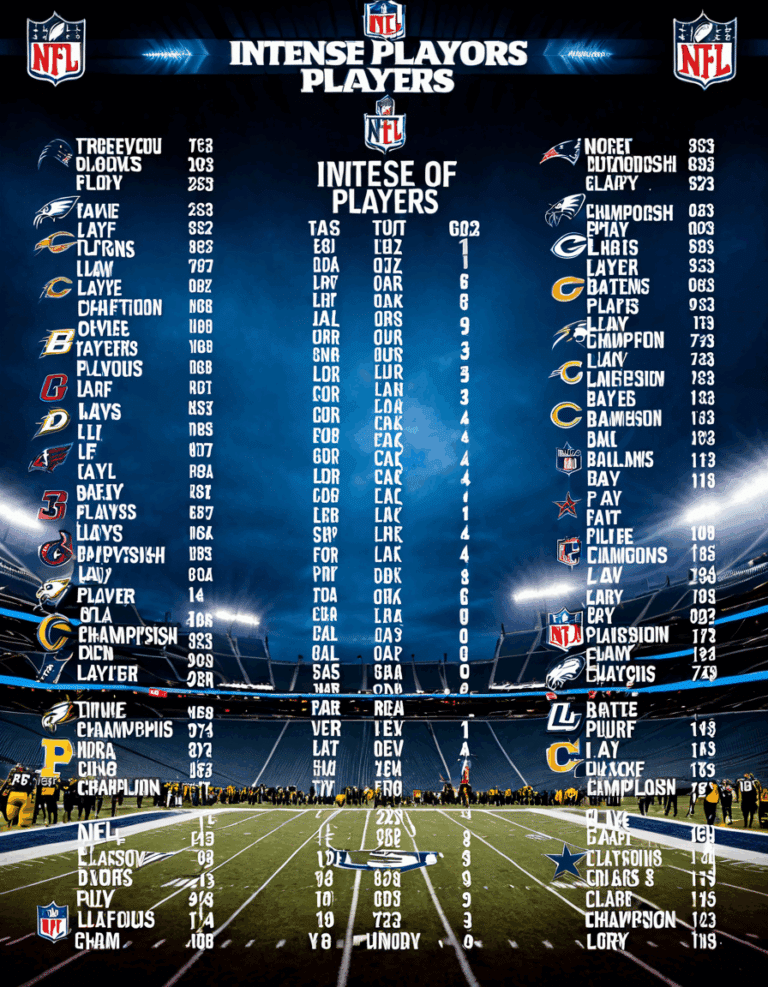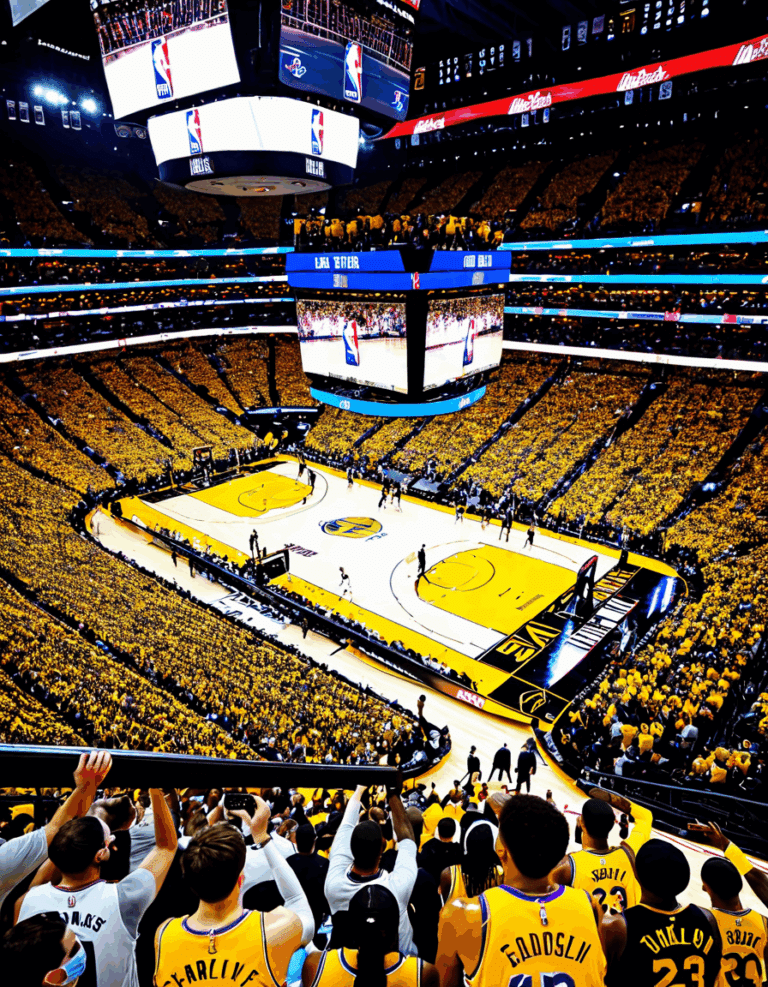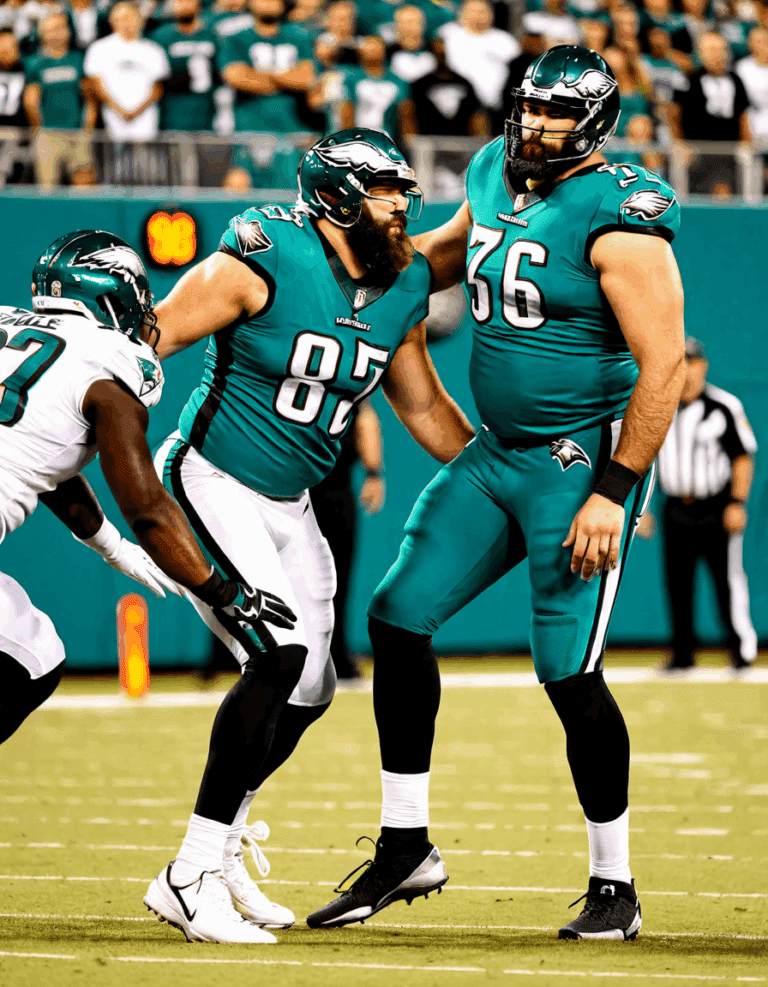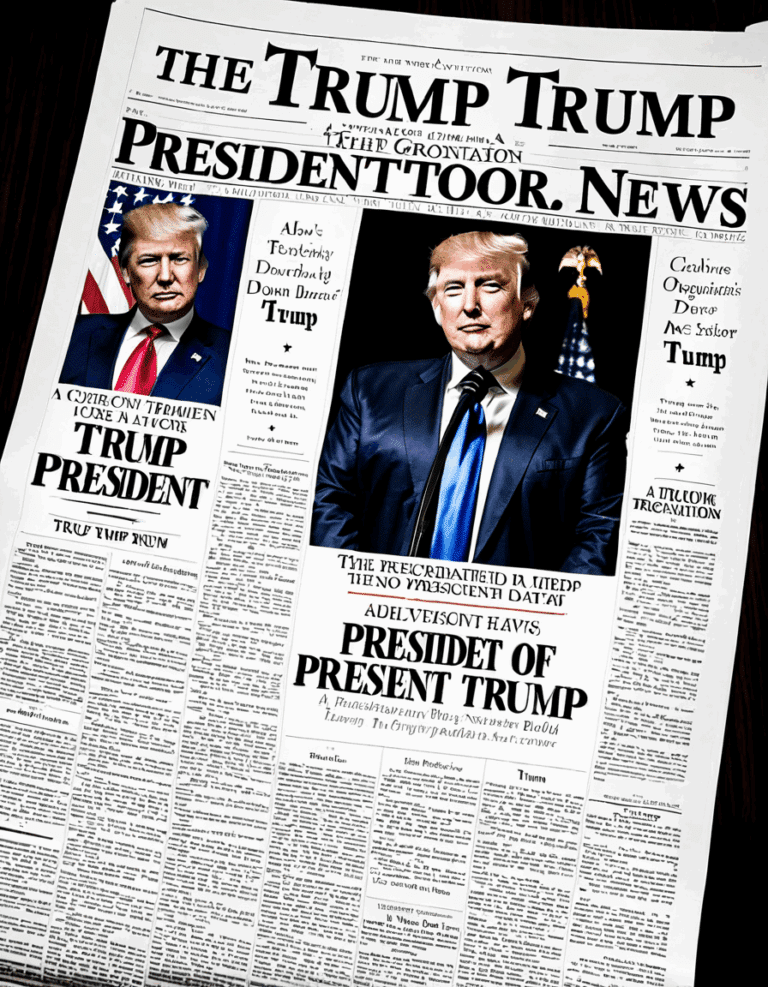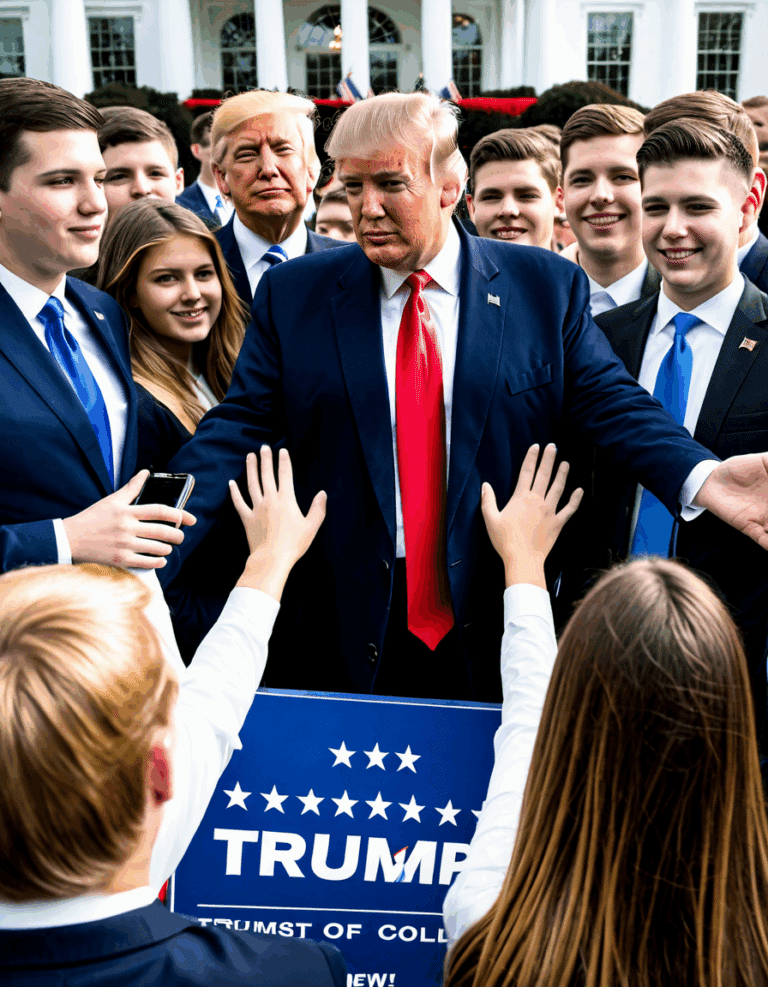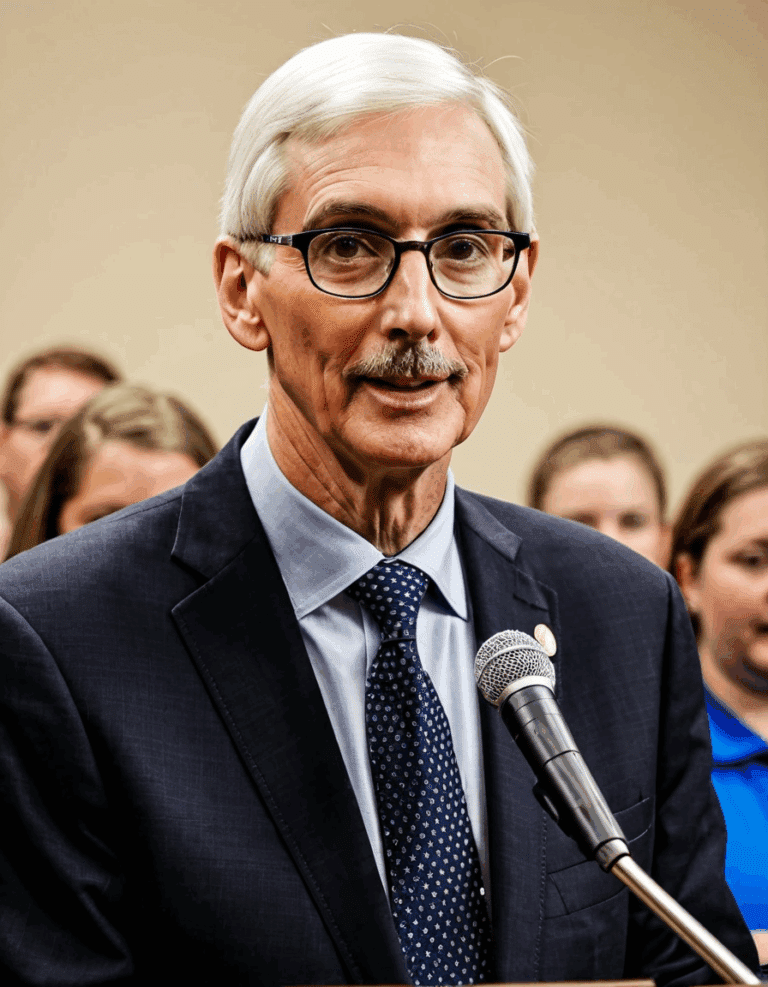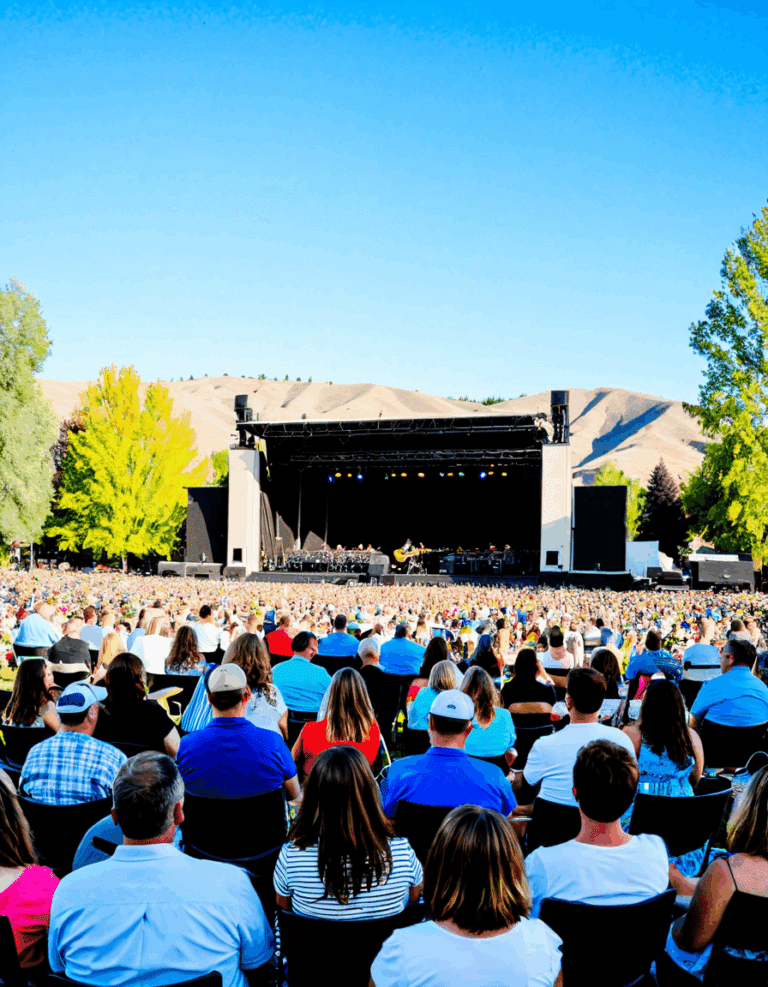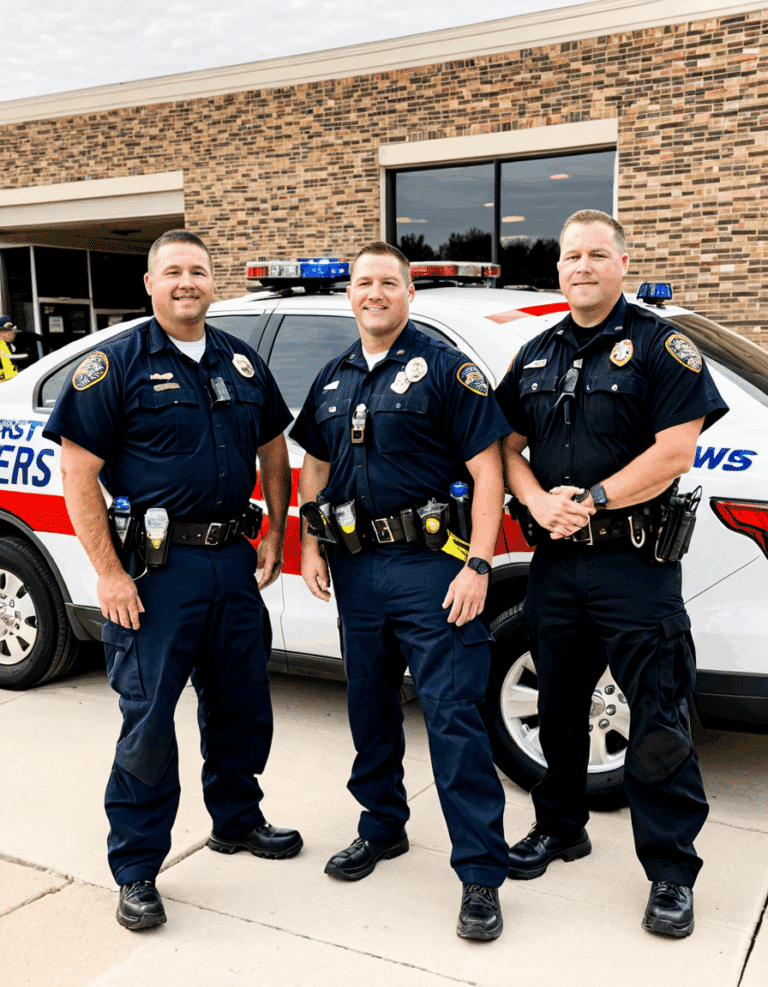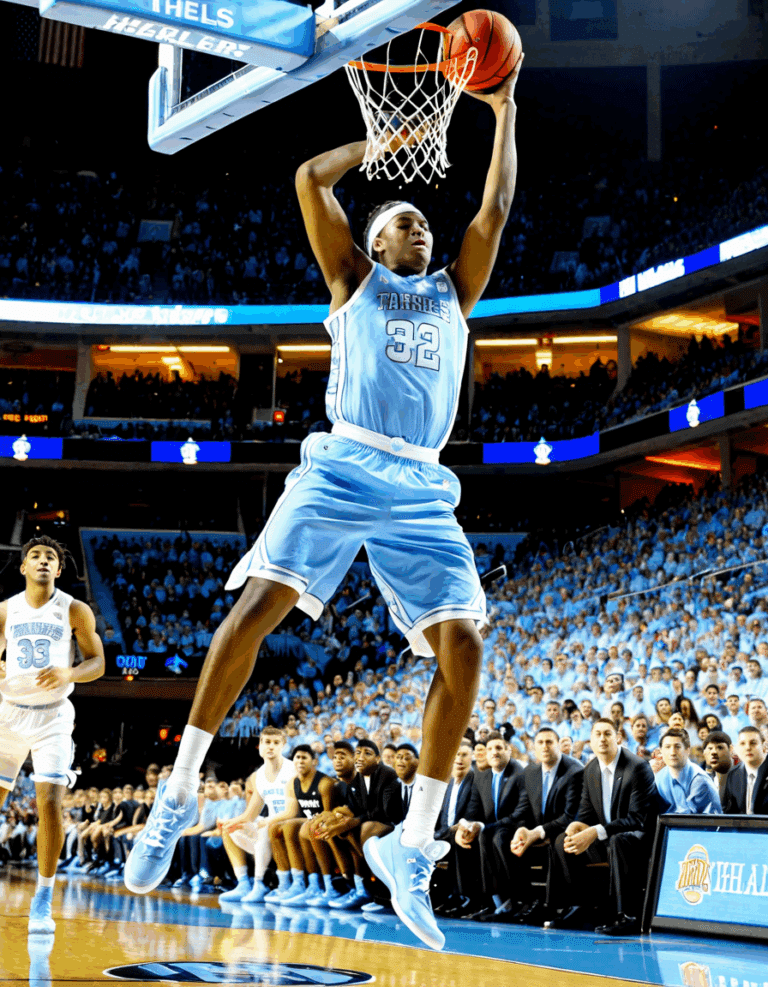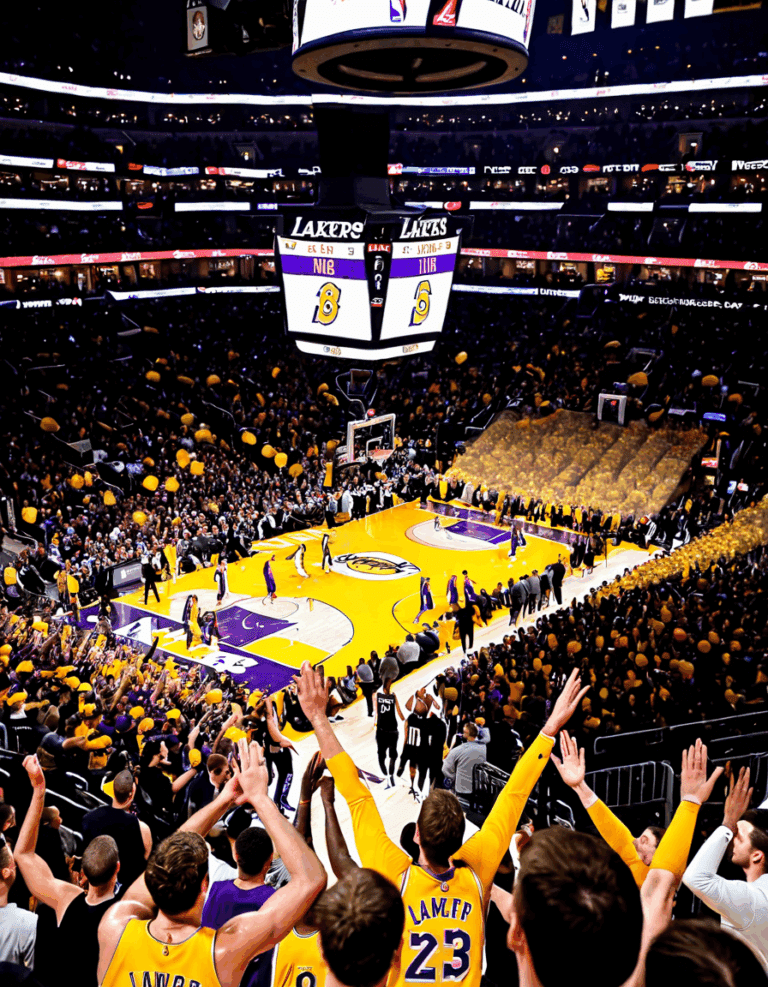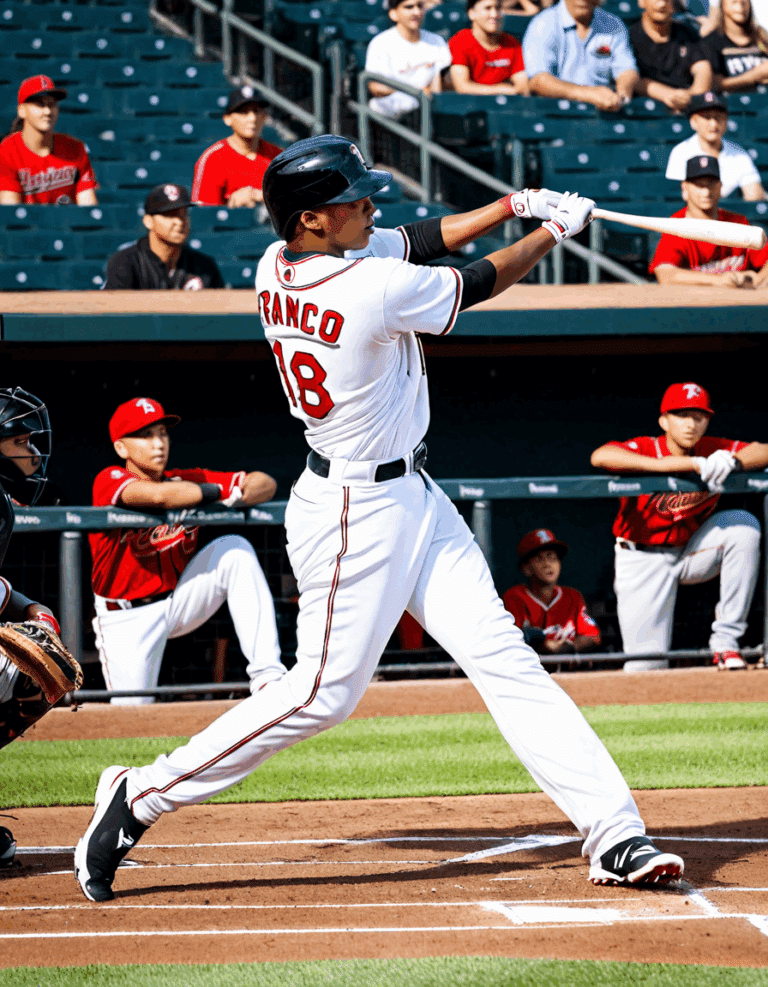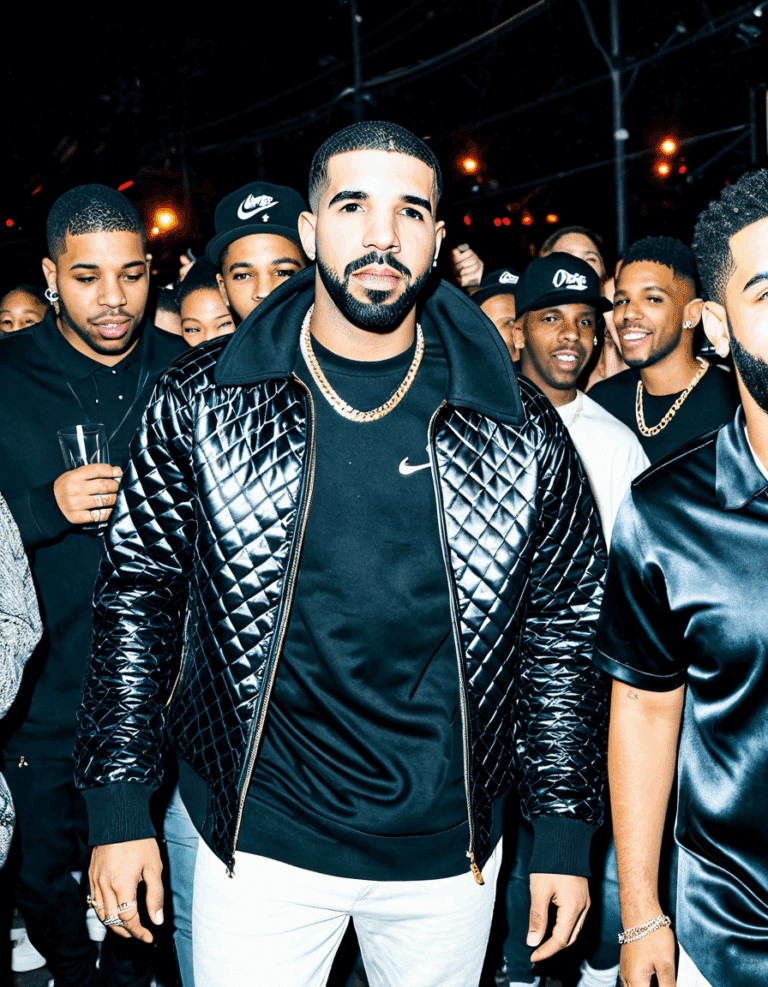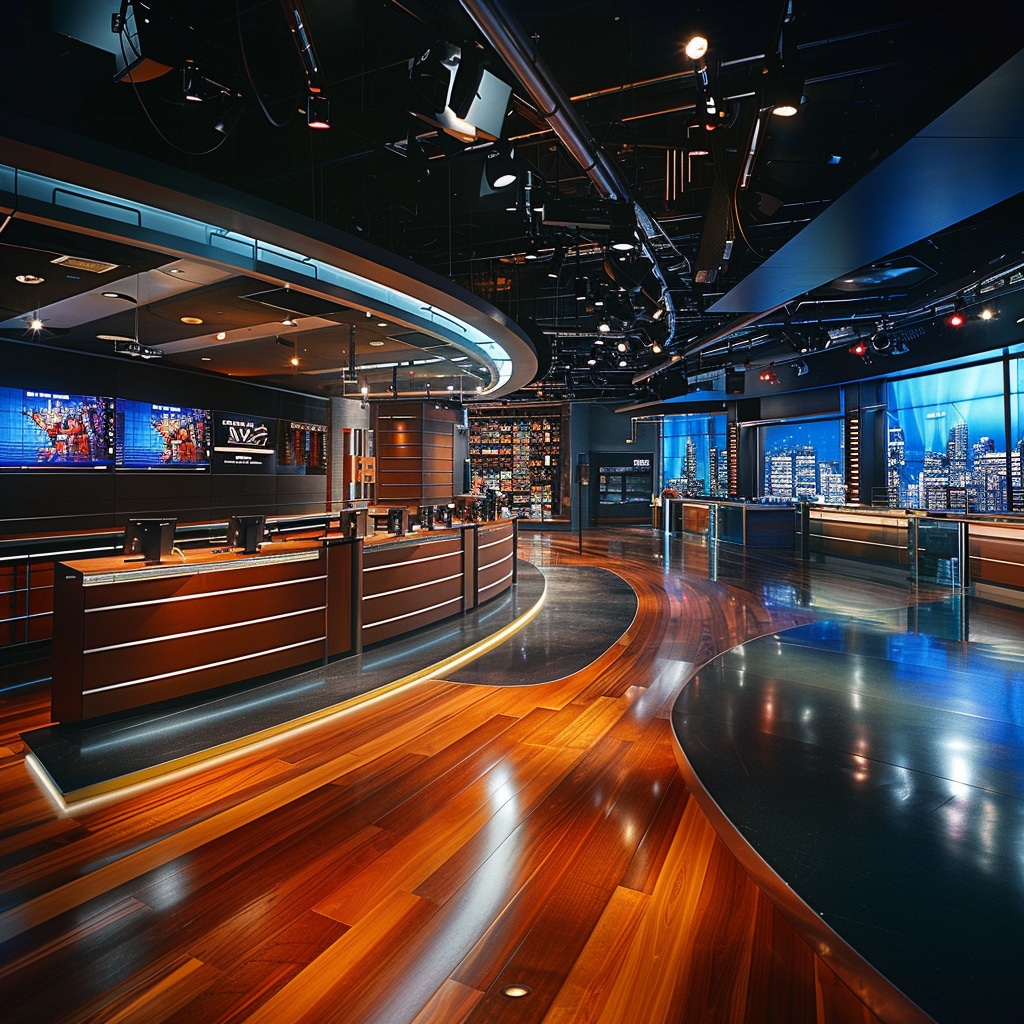In the golden age of television in the late 20th century, few shows burned as brightly and left such lasting footprints as “Dallas.” Created by David Jacobs, the series didn’t just entertain; it redefined television drama with gripping storylines and unforgettable performances. The Dallas cast made their characters iconic, setting a benchmark for actors everywhere. We dive deep into five standout players whose performances weren’t just good—they were groundbreaking. Buckle up, folks!
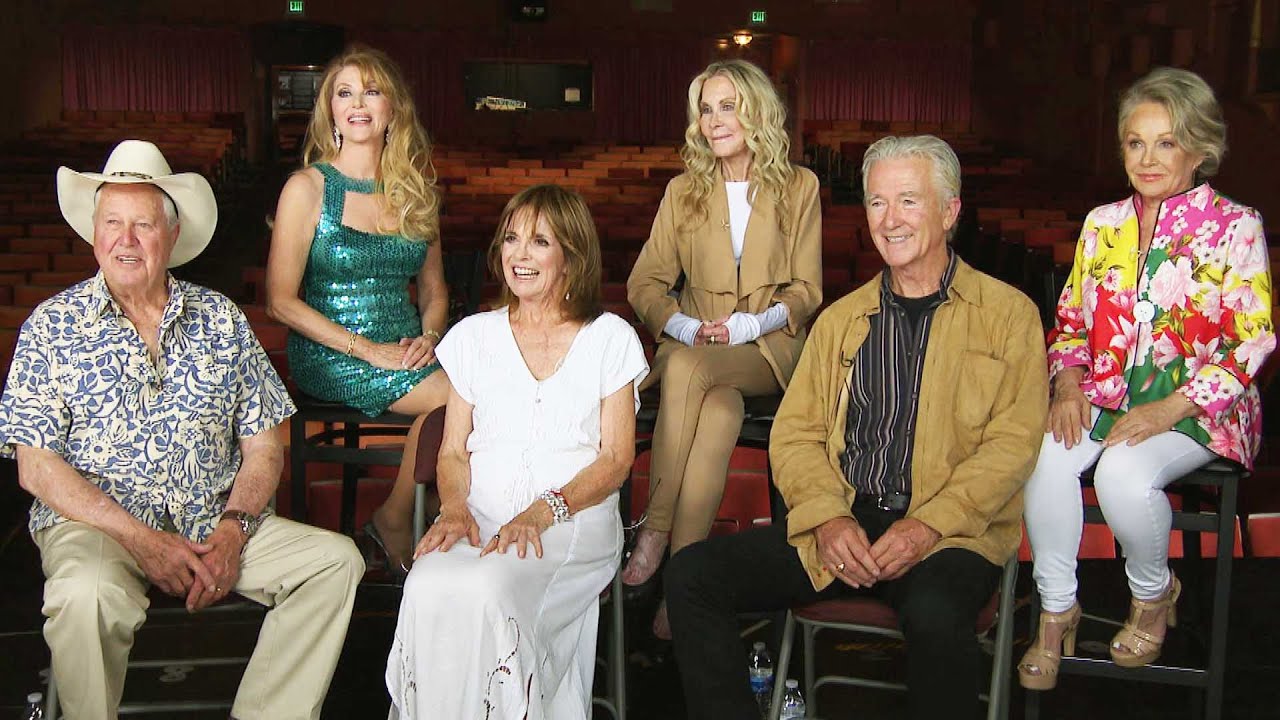
The Top 5 Dallas Cast Members Who Redefined Television Drama
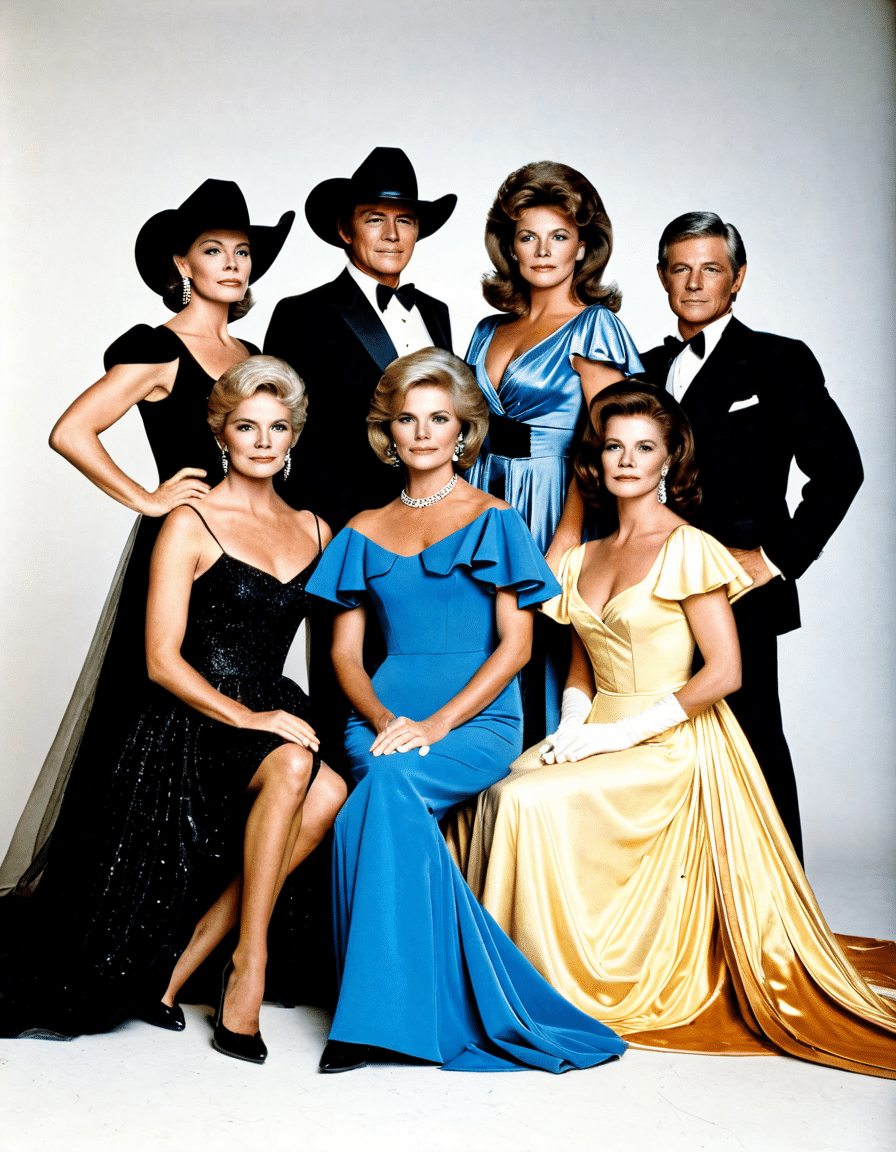
1. Larry Hagman as J.R. Ewing
Larry Hagman’s portrayal of J.R. Ewing is legendary—no doubts there. The unethical oil tycoon was a character viewers loved to hate, and as Hagman himself claimed, “I’m not a devil; I’m a businessman.” This duality is what made J.R. such a compelling character. Hagman crafted J.R. with layers of subtext, making him not just a villain but a complex individual torn between ruthless ambition and hidden vulnerabilities. It was a masterclass in character-building, and each conniving plot twist only added to the excitement.
2. Linda Gray as Sue Ellen Ewing
Linda Gray, as J.R.’s tortured wife Sue Ellen, brought emotional weight to a role that often flirted with melodrama. Gray’s performance showcased the struggles of a woman trapped in a tumultuous marriage, tackling themes of love, betrayal, and societal expectations with grace. She dug deeply into her character’s emotional turmoil, creating unforgettable confrontations with J.R. that had audiences glued to their screens. Those moments not only defined her character but set a bar for future performances in dramatic television.
3. Patrick Duffy as Bobby Ewing
Patrick Duffy’s Bobby Ewing stood as the moral compass of the Ewing dynasty. Amidst the chaos, Bobby’s unwavering integrity was like a beacon of hope. Duffy’s theatrical training shone through in his emotionally charged performances, whether he was delivering heartfelt lines or grappling with family drama. His seamless blend of authenticity and vulnerability resonated deeply with viewers, reminders that integrity can exist even in a world filled with deceit.
4. Victoria Principal as Pamela Barnes Ewing
Victoria Principal as Pamela was a trailblazer in her own right, beginning her journey as a naive bride before transforming into a fiercely independent woman. Her character’s evolution was magnetic, engaging viewers as she navigated the treacherous waters of the Ewing clan. With a powerful physical presence and passionate delivery, Principal’s portrayal proved that women could take control of their narratives. Her scenes not only highlighted personal empowerment but also reflected broader societal shifts toward women’s rights in the 1980s.
5. Alec Baldwin as the New Generation – A True Outsider
Alec Baldwin stepped in during the revival series, infusing new energy and dynamics reminiscent of the original cast’s performances. Although he wasn’t part of the original lineup, Baldwin tailored his character with a charming menace that struck chords with long-time fans. His portrayal resonated with the essence of Dallas, proving that even a fresh face could become a staple in the legacy of the Dallas cast.
![Dallas (1978) Cast⭐: then and now (1978 - 2023) [45 Years After]](https://www.theconservativetoday.com/wp-content/cache/flying-press/ea6f1af82e34363099a3aaab7727e8e3.jpg)
Comparing Casts: Similarities with Other Iconic Shows and Their Casts
Exploring TV history unlocks fascinating comparisons between the Dallas cast and other iconic ensembles. These similarities showcase how profound performances can transcend genre and leave a lasting impact.
Just as the Dallas cast captivated audiences, the Hannibal cast took them on a gripping journey through psychological madness. Mads Mikkelsen as Hannibal Lecter created an enigmatic aura similar to Hagman’s J.R., merging horror and artistry in masterful ways. The intricate balance of morality, intelligence, and malevolence in both shows captivated fans, keeping them coming back for more.
On a lighter note, the Taxi cast embodied the same rich chemistry seen in Dallas. Just as the Dallas cast found conflict and drama in familial dynamics, the ensemble of Taxi showcased camaraderie and laughter amid life’s challenges. This blend of character-driven storytelling proved that whether through laughter or tears, audiences connect with relatable narratives.
The Rocky cast, especially Sylvester Stallone, mirrors the ambition and internal struggles found in Dallas characters. Both tales explore the grit necessary to overcome adversity in life and love, creating heroes and villains that remain relatable across generations. The themes of aspiration and challenge echo throughout both stories.
Much like the Ewing family, the Vacation cast presented familial bonds, adventures, and misadventures. Chevy Chase’s Clark Griswold is a character who dreams big but often finds himself thwarted by reality, akin to the Ewing brothers’ trials. Both casts remind us that even in comically dire situations, families endure.
The Airplane cast is a prime example of inventive comedy, just as the Dallas cast pioneered drama. Each cast used its characters to set new standards in their respective genres, embedding archetypes into pop culture. It’s a testament to the power of performance that still resonates today.
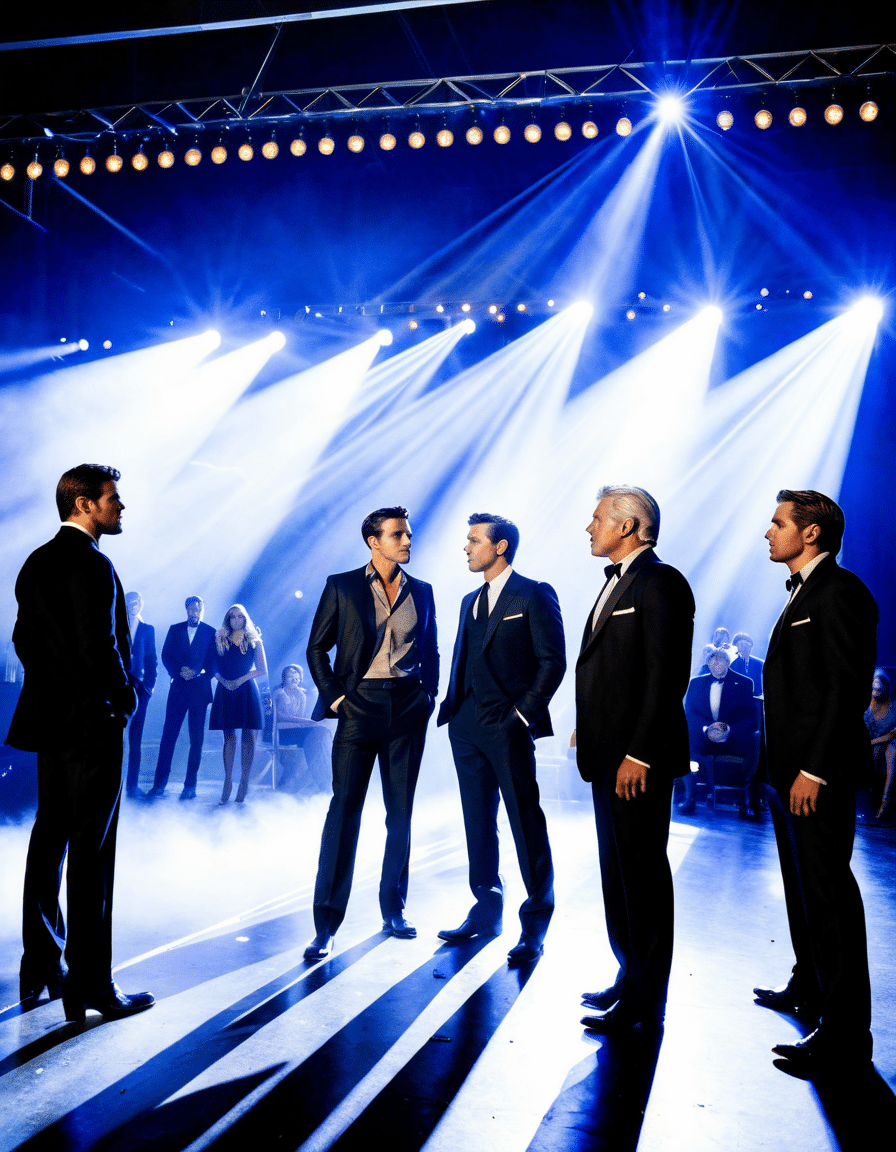
The Hollywood Brown Effect: Influences Across Genres
When you mention the Dallas cast, you can’t ignore its broader impact on Hollywood’s landscape. The blend between drama and soap opera created a formula that resonates even today. The strong performances from the Dallas cast inspired future productions like “Hollywood Brown,” where layered characters capture the essence of contemporary storytelling.
Character-driven narratives continue to thrive, with modern shows drawing inspiration from the legacy of the Dallas cast. As filmmakers and actors juggle the demands of modern audiences, they look back at previous work that laid the groundwork. Just as the Dallas cast established their legacy through craft, today’s performers face the challenge of creating memorable characters and stories that honor those who came before.
Recognizing the depth of performances from iconic casts like Dallas opens a dialogue about storytelling’s evolution in television. The timelessness of their work reminds us that genuine portrayal transcends eras. Audiences crave the kind of powerful narratives championed by the Dallas cast, and it’s this pursuit that keeps the spirit of classic performances alive.
In closing, the Dallas cast stands as a giant in television history. Their performances not only entertained millions but also set standards for dramatic storytelling that continue to influence new generations of actors. Their secrets behind those iconic performances remain a source of inspiration, reminding us of the importance of character in capturing the hearts and minds of viewers.
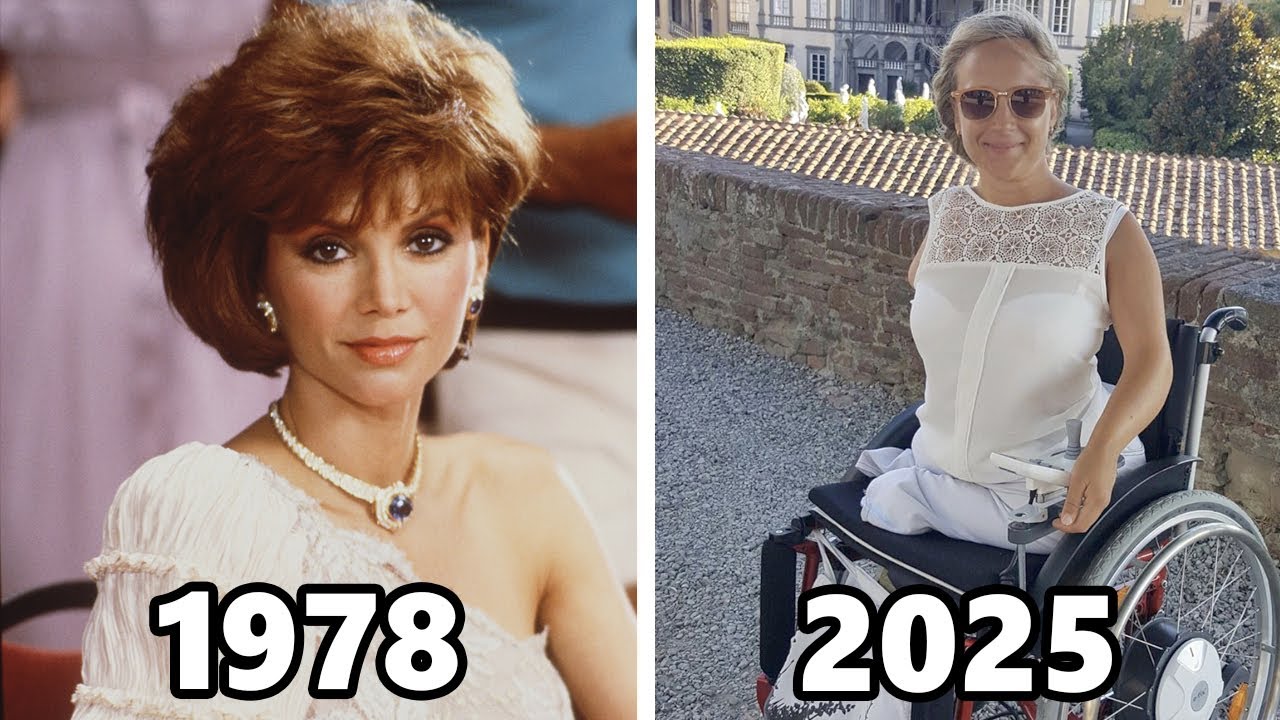
Dallas Cast Secrets Behind Their Iconic Performances
Behind the Scenes Magic
The Dallas cast has given us some of the most unforgettable moments on television, and what’s even more fascinating are the behind-the-scenes tales that shaped these performances. Did you know that Patrick Duffy, who played Bobby Ewing, originally auditioned for the role of J.R. Ewing? Imagine the iconic moments that could have been lost if he hadn’t landed the role! Let’s take a break from the serious stuff… like the shocking twists of the Alex Murdaugh trial and see how these actors brought their characters to life in a world rife with drama.
Another nugget of wisdom involves the all-time favorite catchphrase. “Who shot J.R.?” became a cultural phenomenon after fans were left hanging in suspense. The showrunners even considered canceling the show but decided to continue after the eighth season’s cliffhanger drew in crazy ratings. If only the Murdaugh family had had that kind of thrill with their own real-life drama! The show effectively taught us how storytelling can keep audiences on the edge of their seats, much like good reporting does on Channel 10 News Miami.
Fun Facts and Shocking Revelations
The Dallas cast wasn’t just about drama; it also pushed boundaries with its representation. Linda Gray, who portrayed Sue Ellen, was actually a fashion model before landing the role. She brought a flair that perfectly matched the show’s glitzy tone, echoing how the right look can make or break a character—much like the impact of an Iron Man mask in a blockbuster film. And who knew? Larry Hagman was known for his unpredictability on set, often improvising lines that would leave everyone in stitches, adding authenticity to the character of J.R.
Another fun tidbit? The original script was set in the late 1970s, a decade adored for its expansive hairstyles and flashy fashion. It wasn’t until the 1980s that it really took off. Interestingly, it was rivaled by shows like ALF, featuring its own unique cast—available on the Alf cast page. This competition raised the stakes, challenging Dallas to continuously evolve, which they definitely did! And just like how some health careers in the entertainment industry can lead to surprising paths, the cast members found new avenues, shaping them into cultural icons.
